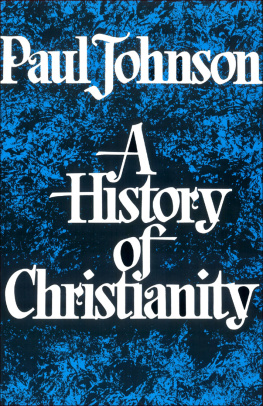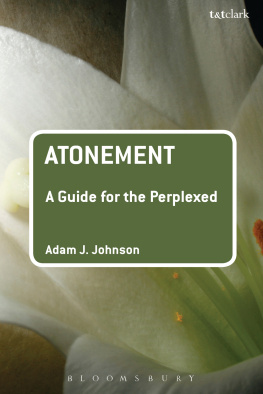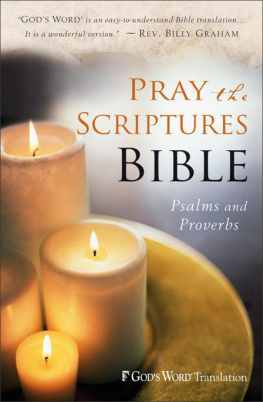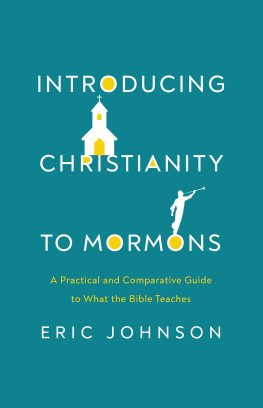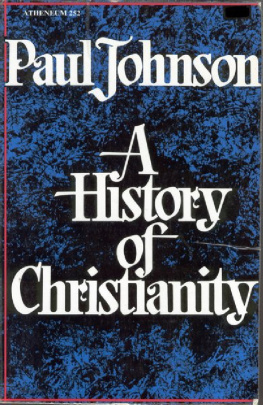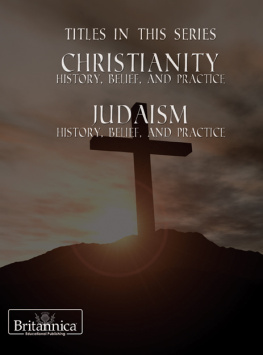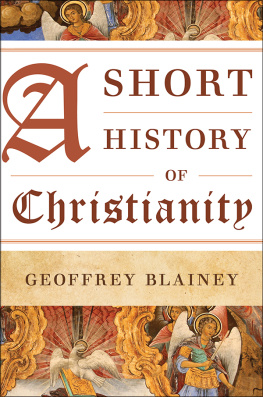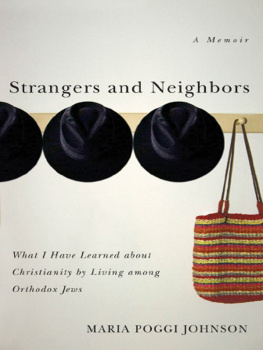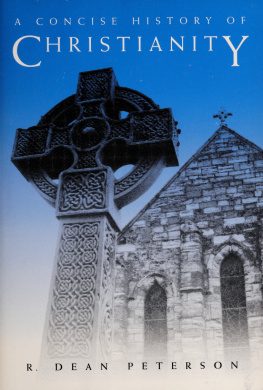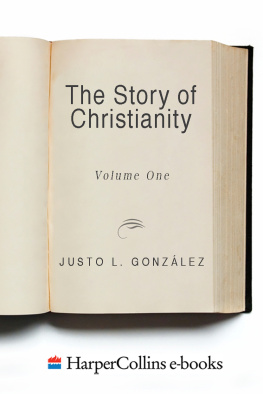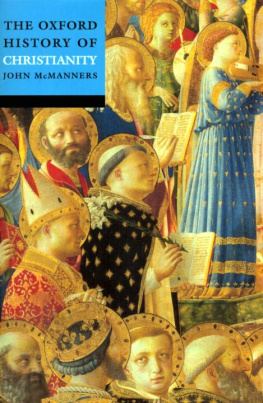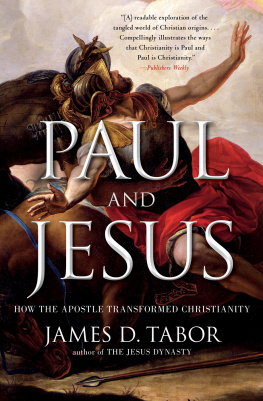Books by Paul Johnson
Civilizations of the Holy Land 1979
The Civilization of Ancient Egypt 1978
Enemies of Society 1977
A History of Christianity 1976
A Place in History 1975
Pope John 23rd 1974
Elizabeth I: A Study in Power and Intellect 1974
The Offshore Islanders: From Roman Occupation to European Entry 1972
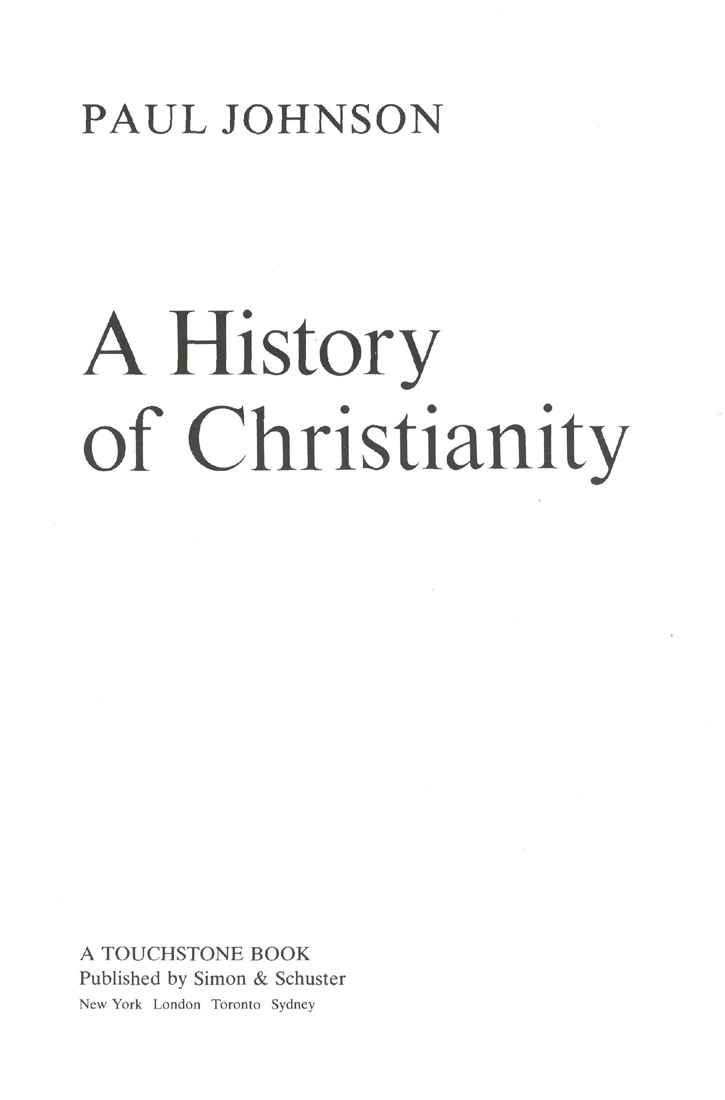

Touchstone
Simon & Schuster Building
Rockefeller Center
1230 Avenue of the Americas
New York, New York 10020
www.SimonandSchuster.com
Copyright 1976 by Paul Johnson
All rights reserved, including the right of reproduction in whole or in part in any form.
First Touchstone Edition 1995
TOUCHSTONE and colophon are registered trademarks of Simon & Schuster Inc.
30 29 28 27
eISBN: 978-1-4516-8851-1
Library of Congress Cataloging-in-Publication Data
Johnson, Paul date.
A history of Christianity.
Bibliography: p.
Includes index.
1. Church history. I. Title.
BR145.2.J63 1976 270 76-9002
ISBN-13: 978-0-684-81503-9
ISBN-10: 0-684-81503-6
To
Marigold
My constant helpmate,
wisest counsellor,
and best friend.
CONTENTS
PROLOGUE
I T IS NOW almost 2000 years since the birth of Jesus Christ set in motion the chain of events which led to the creation of the Christian faith and its diffusion throughout the world. During these two millennia Christianity has, perhaps, proved more influential in shaping human destiny than any other institutional philosophy, but there are now signs that its period of predominance is drawing to a close, thereby inviting a retrospect and a balance sheet. In this book I have attempted to survey the whole history in one volume. This involves much compression and selection, but it has the advantage of providing new and illuminating perspectives, and of demonstrating how the varied themes of Christianity repeat and modulate themselves through the centuries. It draws on the published results of a vast amount of research which has been conducted during the past twenty years on a number of notable episodes in Christian history, and it aims to present the salient facts as modern scholars see and interpret them.
It is, then, a work of history. You may ask: is it possible to write of Christianity with the requisite degree of historical detachment? In 1913 Ernst Troeltsch argued persuasively that sceptical and critical methods of historical research were incompatible with Christian belief; many historians and most religious sociologists would agree with him. There is, to be sure, an apparent conflict. Christianity is essentially a historical religion. It bases its claims on the historical facts it asserts. If these are demolished it is nothing. Can a Christian, then, examine the truth of these facts with the same objectivity he would display towards any other phenomenon? Can he be expected to dig the grave of his own faith if that is the way his investigations seem to point? In the past, very few Christian scholars have had the courage or the confidence to place the unhampered pursuit of truth before any other consideration. Almost all have drawn the line somewhere. Yet how futile their defensive efforts have proved! How ridiculous their sacrifice of integrity seems in retrospect! We laugh at John Henry Newman because, to protect his students, he kept his copy of The Age of Reason locked up in his safe. And we feel uncomfortable when Bishop Stubbs, once Regius Professor of Modern History at Oxford, triumphantly records as he did in a public lecture his first meeting with the historian John Richard Green: I knew by description the sort of man I was to meet: I recognised him as he got into the Wells carriage, holding in his hand a volume of Renan. I said to myself, If I can hinder, he shall not read that book. We sat opposite and fell immediately into conversation.... He came to me at Navestock afterwards, and that volume of Renan found its way into my waste-paper basket. Stubbs had condemned Renans Vie de Jsus without reading it, and the whole point of his anecdote was that he had persuaded Green to do the same. So one historian corrupted another, and Christianity was shamed in both.
For Christianity, by identifying truth with faith, must teach and, properly understood, does teach that any interference with the truth is immoral. A Christian with faith has nothing to fear from the facts; a Christian historian who draws the line limiting the field of enquiry at any point whatsoever, is admitting the limits of his faith. And of course he is also destroying the nature of his religion, which is a progressive revelation of truth. So the Christian, according to my understanding, should not be inhibited in the smallest degree from following the line of truth; indeed, he is positively bound to follow it. He should be, in fact, freer than the non-Christian, who is precommitted by his own rejection. At all events, I have sought to present the facts of Christian history as truthfully and nakedly as I am able, and to leave the rest to the reader.
Iver, Buckinghamshire 1975
PART ONE
The Rise and Rescue of the Jesus Sect (50 BCAD 250)
S OME TIME ABOUT THE MIDDLE of the first century AD, and very likely in the year 49, Paul of Tarsus travelled south from Antioch to Jerusalem and there met the surviving followers of Jesus of Nazareth, who had been crucified about sixteen years before. This Apostolic Conference, or Council of Jerusalem, is the first political act in the history of Christianity and the starting-point from which we can seek to reconstruct the nature of Jesuss teaching and the origins of the religion and church he brought into being.
We have two near-contemporary accounts of this Council. One, dating from the next decade, was dictated by Paul himself in his letter to the Christian congregations of Galatia in Asia Minor. The second is later and comes from a number of sources or eye-witness accounts assembled in Lukes Acts of the Apostles. It is a bland, quasi-official report of a dispute in the Church and its satisfactory resolution. Let us take this second version first. It relates that fierce dissension and controversy had arisen in Antioch because certain persons, from Jerusalem and Judea, in flat contradiction to the teaching of Paul, had been telling converts to Christianity that they could not be saved unless they underwent the Jewish ritual of circumcision. As a result, Paul, his colleague Barnabas, and others from the mission to the gentiles in Antioch, travelled to Jerusalem to consult with the apostles and elders.
There they had a mixed reception. They were welcomed by the church and the apostles and the elders; but some of the Pharisaic party who had become believers insisted that Paul was wrong and that all converts must not only be circumcized but taught to keep the Jewish law of Moses. There was a long debate, followed by speeches by Peter, who supported Paul, by Paul himself and Barnabas, and a summing up by James, the younger brother of Jesus. He put forward a compromise which was apparently adopted with the agreement of the whole Church. Under this, Paul and his colleagues were to be sent back to Antioch accompanied by a Jerusalem delegation bearing a letter. The letter set out the terms of the compromise: converts need not submit to circumcision but they must observe certain precepts in the Jewish law in matters of diet and sexual conduct. Lukes record in Acts states that this halfway position was arrived at unanimously, and that when the decision was conveyed to the Antioch congregation, all rejoiced. The Jerusalem delegates were thus able to return to Jerusalem, having solved the problem, and Paul carried on with his mission.
Next page
